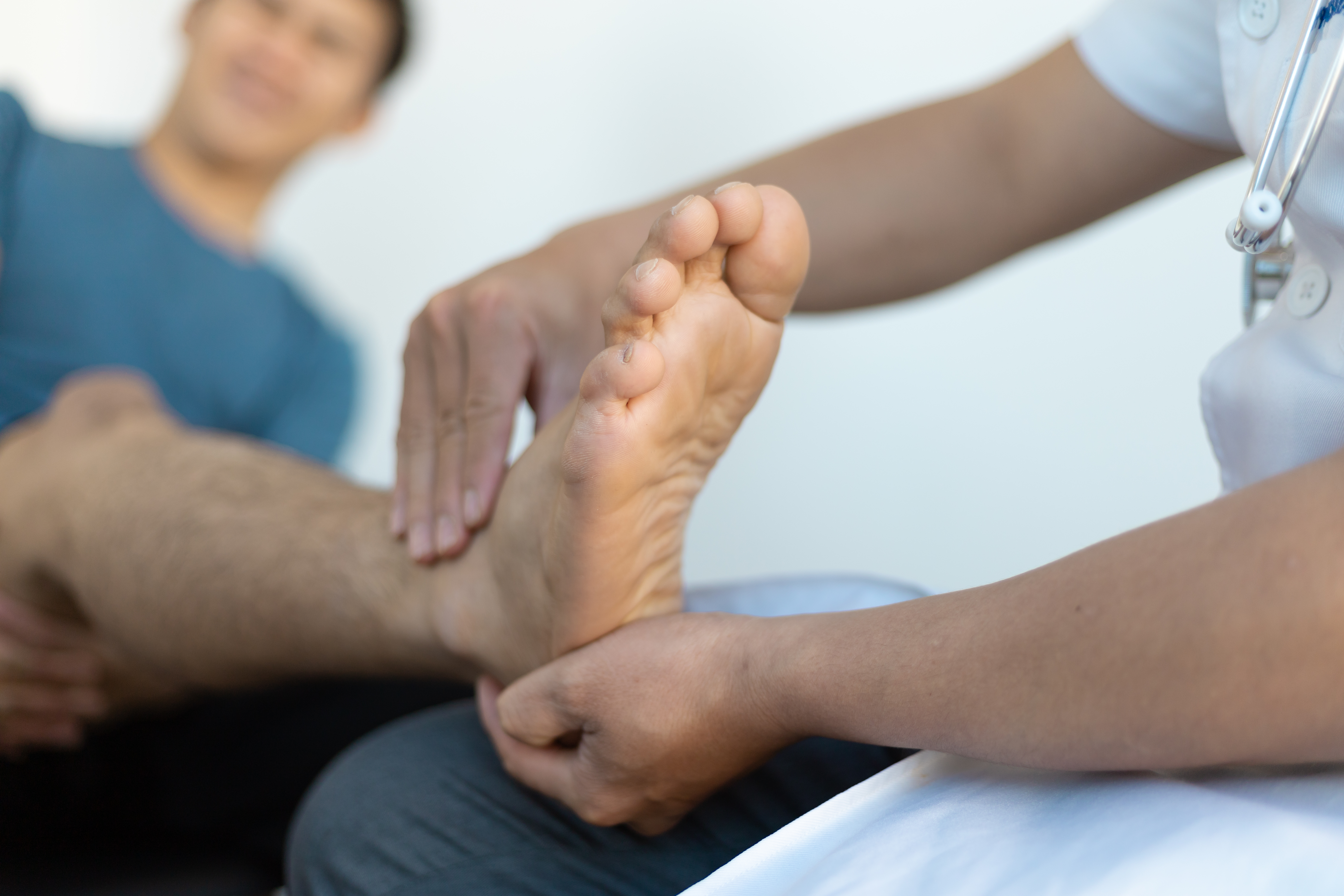Equinus
If you suffer from deteriorative arthritis, please Schedule an appointment with one of our orthopedic specialists as soon as possible.
What Is Equinus?
Equinus denotes restricted dorsiflexion of the ankle joint, hindering upward foot flexion towards the shin. In simpler terms, equinus refers to a reduced ability to bring the foot upward or bending the ankle joint in the direction of the shin.
What Are The Two Types of Equinus?
Structural equinus arises from physical limitations within the ankle joint’s structures, like tightness or shortening of the Achilles tendon or calf muscles. Furthermore, due to conditions such as muscular dystrophy or previous injuries/surgeries, this condion may be congenital or acquired. On the other hand, functional equinus manifests when the ankle joint has a normal or near-normal range of motio. However, ompensatory factors hinder dorsiflexion during movement. Moreover, these factors may involve muscle imbalances, neurological conditions, or gait abnormalities.
What Are The Symptoms Of Equinus?
Treatment for equinus depends on the underlying cause and severity of the condition. Non-surgical interventions may include:
- Stretching exercises: Specific stretching routines targeting the calf muscles and Achilles tendon can help improve ankle dorsiflexion.
- Physical therapy: A physical therapist can provide guidance on stretching techniques, strengthening exercises, and gait training.
- Orthotic devices: Heel lifts or shoe inserts can help compensate for the limited ankle motion and improve foot alignment and function.
- Night splints: Wearing a splint or brace at night can help maintain a prolonged stretch on the calf muscles and Achilles tendon.
- Footwear modifications: Using shoes with a heel lift or shoe modifications to accommodate the equinus can be beneficial.
However, in cases where conservative measures do not provide sufficient relief or when there is a significant structural limitation, surgical intervention, may be considered.
Additionally, it is important to consult with a healthcare professional, such as a podiatrist or orthopedic specialist, for an accurate diagnosis and appropriate treatment plan for equinus. Moreover, they can assess the underlying cause, provide personalized recommendations, and monitor progress to improve ankle range of motion and prevent complications.


